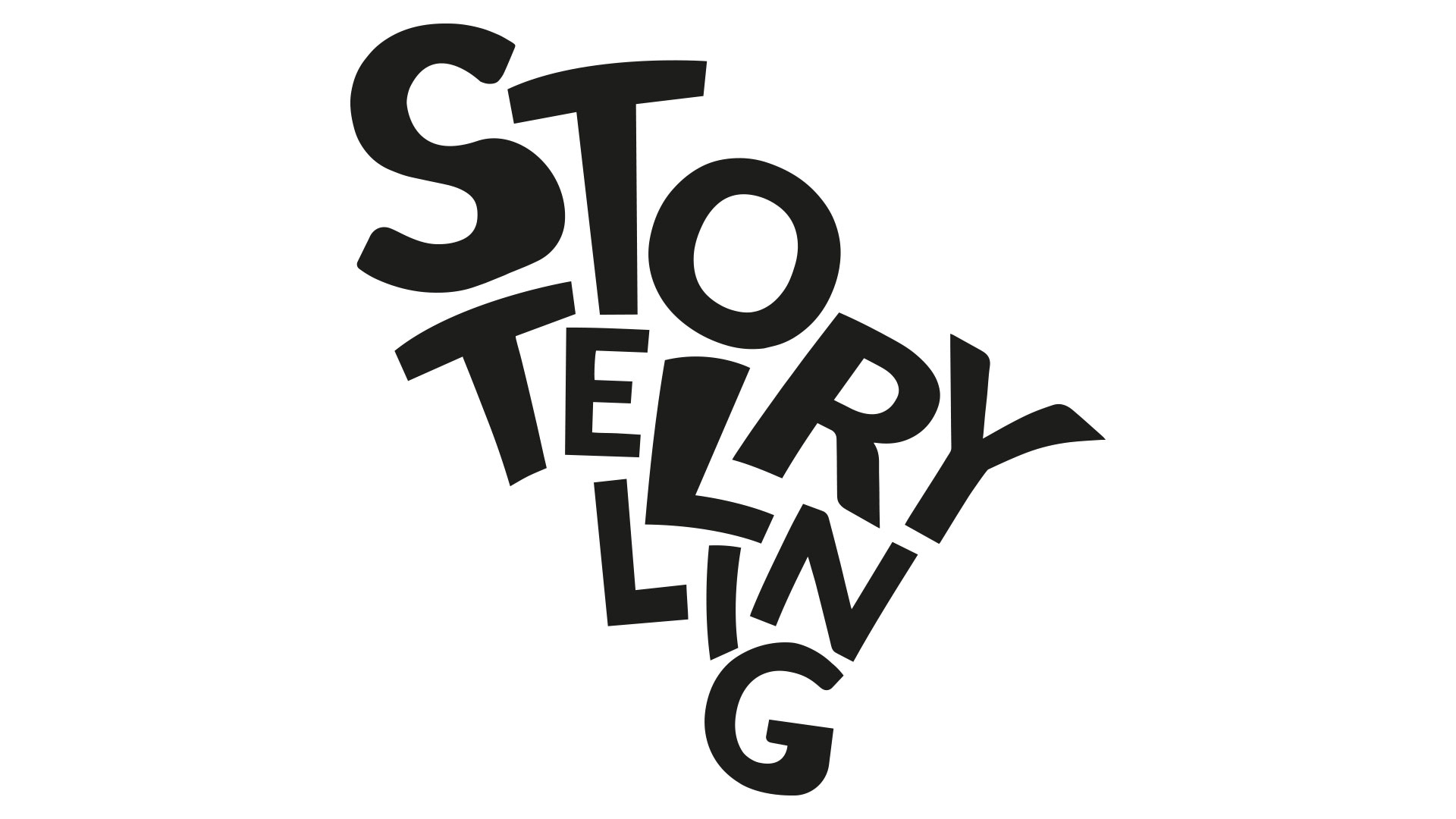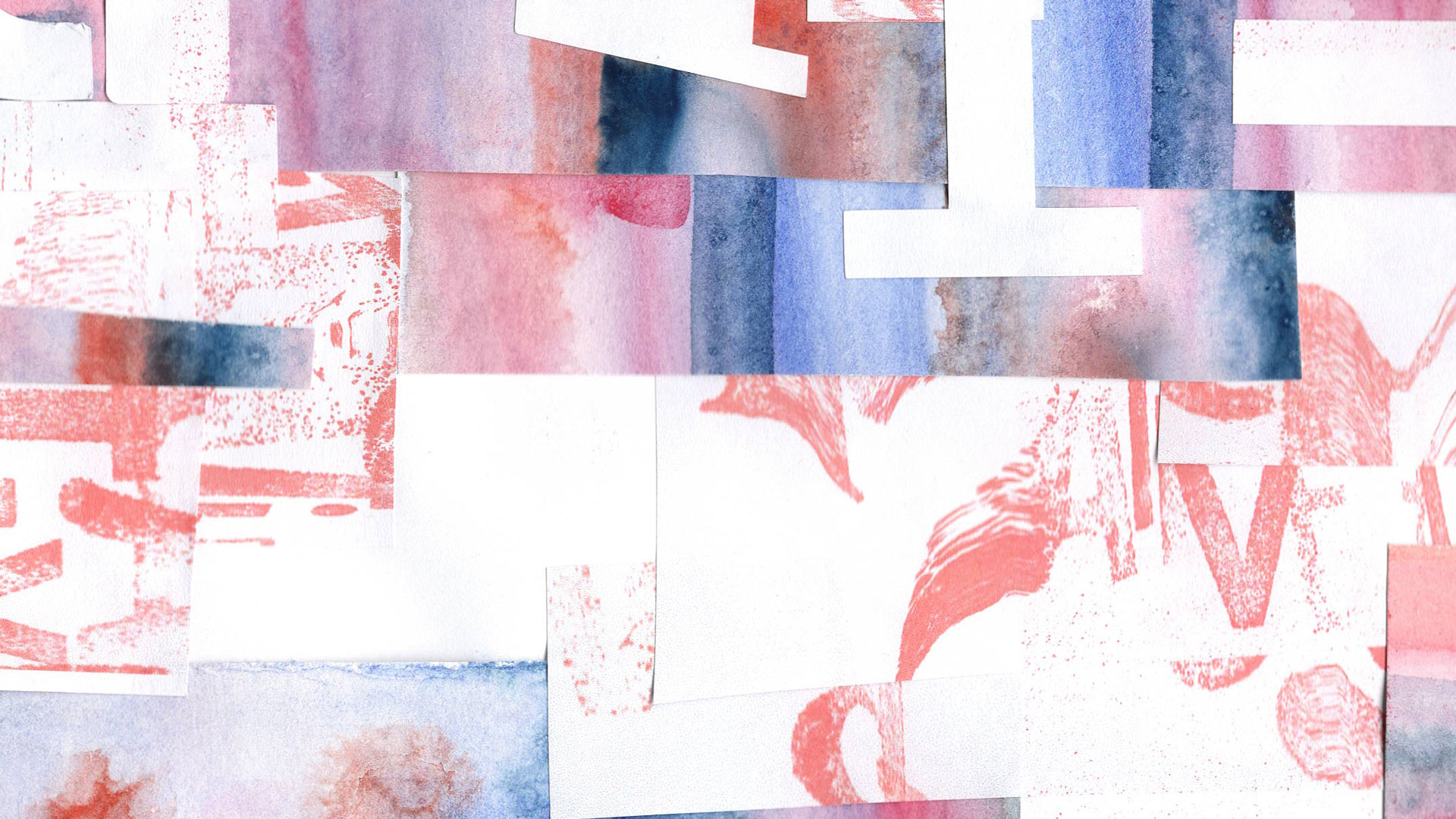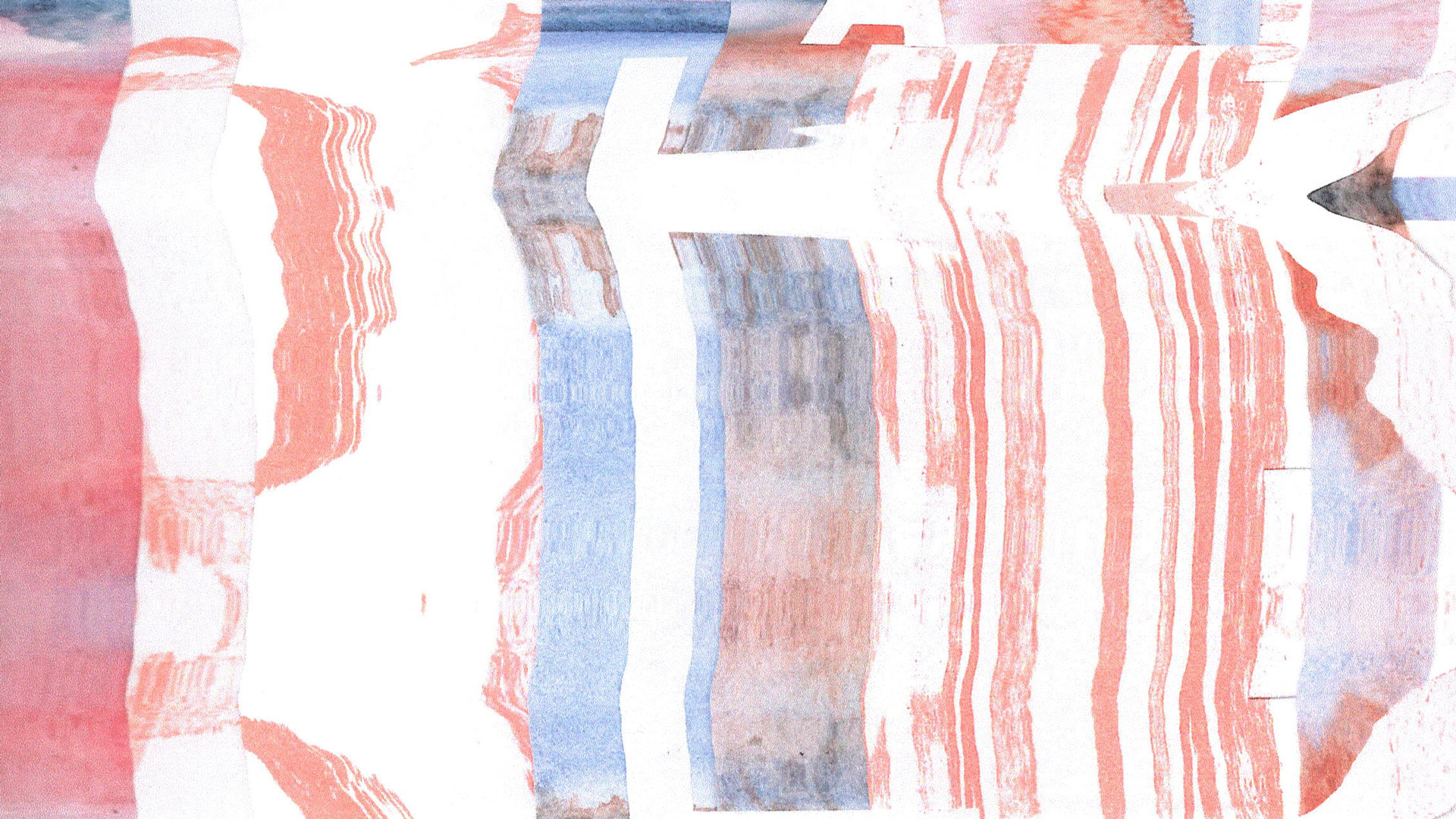


Stories evoke strong emotions, including fear, happiness, sadness, anger, intrigue, and more. Though storytelling may initially be thought of as the verbal or written word, visuals can be an accompaniment or a story in their own right.
Research suggests that storytelling can be dated as far back as 30,000 years ago, evidenced by cave drawings found in France (National Geographic, 2022) . We are still drawn to stories today, whether through books, audiobooks, articles, films, podcasts, or television series.
Storytelling and narrative are present within design. Sametz and Maydoney (2003) suggest that narrative can be used to “build brand recognition and relevance” and “foster connection and trust among an organization”. Visual communication is built upon using colour, typography, and image. By using colour psychology, specific colours can be chosen to elicit a particular emotion or feeling (Sanjay, 2023) . These colours may subconsciously encourage an individual to interact with a brand, as they may believe it to be trustworthy or exciting.
From a user experience or interaction design perspective, typographical hierarchy, colour, and overall layout can allow a user to navigate through a webpage or app more effectively. All individuals have mental models where they will interact with a product based on their past experiences and knowledge (Nielsen, 2010) . Kahneman (2011) suggests that the brain will fill in the gaps if there is missing information, either by assuming there will be a sequence of events or that one thing will cause something else to happen (Mesibov, 2022 ; Kahneman, 2011) . By considering how users may base their interactions on other experiences, recognizable design patterns along with clear prompts can allow individuals to move through interfaces with ease.
It is clear that storytelling can form the basis of design and can be used for various purposes.
A digital typographic composition was created through the use of Adobe Illustrator. The creative process involved extensive experimentation with distorting typography by scanning printed materials. Despite multiple attempts, additional digital manipulation was required to attain the intended result. The positioning of the letters in the word 'Storytelling' aims to reflect the idea of opening a book and the movement of pages.


Various textured papers were used to craft a collage. Watercolour paint and inks provided texture, with scanography lettering also integrated into the composition. There is a dream-like sense to the collage, particularly with the dotted grain and flowing forms from the cut-up scanography type. The blue and pink tones create a relaxed and organic feel.
The collage underwent the scanography process to produce an abstract background texture. Subsequently, each scanograph was scanned once again. The resulting image has long elongated wavy lines, representing how stories can extend. The patterns also look like the pages of a closed book sitting on a shelf.


The final digital stencil graphic, Design is Storytelling, compiles the scanograph type and scanograph collage together. Using Adobe Photoshop, the colours of the scanograph collage were enhanced and made more prominent for the stencil to layer over. Additionally, paper textures were included as a background. The pale blue and water-stain marks almost look like a sky and clouds, depicting how storytelling is thinking, daydreaming, and creating.